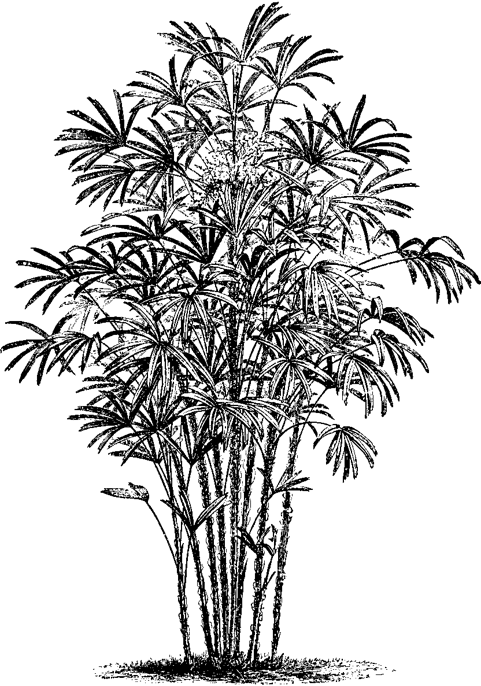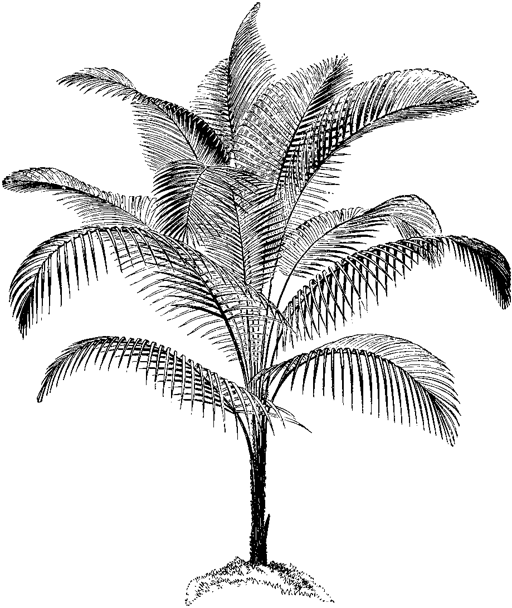Avengers of the New World: The Story of the Haitian Revolution (2 page)
Read Avengers of the New World: The Story of the Haitian Revolution Online
Authors: Laurent Dubois

Petite-
A
N
M
o
Anse
Terrier
FORT DAUPHIN
b
c
rd
Rouge
(FORT LIBERTÉ)
G u l f o f
P
u
onade
l
é
uartier
l
a
Q
Lim
Fort
G o n â v e
is
Gallifet Plantations
M
a
Dauphin
n
M
Citadelle Laferrière
a
c
Le Trou
ss
e
a
Ounaminthe
a
r
Dondon
e
rc
m
Grande-
e
C
th
R
a
Rivière
n
e
in
.
al
la
d
d
Vallière
am
Î
e
le
e
d
uin
e
Saint
O
la
Raphael
Gonâv
Saint Michel
e
(de l’Attalaye)
Canal du
Jérémie
Sud
Grande Cayemite
S O U T H
Tiburon
Les Platons
L e s C a y e s
Aquin
P l a i n
LESCAYES
Po
Île à Vache
inte-à-Gravois
0
10
20
30
miles
C a r i
0
10
20
30
40
50
kilometers

Île de la Tortue (Tortuga)
A t l a n t i c O c e a n
PORT-DE-PAIX
Baie de
CAP FRANÇAIS
Man
(LE CAP)
cenille
N O R T H
FORT DAUPHIN
Gallifet Plantations
N o r t h e r n
Yaque
(FORT LIBERTÉ)
del N
P l a i n
ort
M
e
Citadelle Laferrière
as
Ounaminthe
sacre
GONAÏVES
R
Ennery
.
Saint-Raphael
Saint-Michel
(de l’Attalaye)
Ester R.
A r t i b o n i t e
P l a i n
Fort Crête-à-Pierrot
S A N T O
Petite Rivière
SAINT-MARC
Verrettes
D O M I N G O
Artib
W E S T
on
( S P A I N )
ite R.
Saint-M
Mirebalais
ar
Arcahaye
c
C u l D e S a c
PORT-AU-PRINCE
Croix-des-Bouquets
(PORT RÉPUBLICAIN)
P l a i n
Léogane
L. Enriquillo
Petit-Goâve
Grand-Goâve
JACME
Bahoruco
L
Mountains
b b e a n
S e a

I saw on a magnificent pedestal a negro, his head bare, his arm outstretched, with pride in his eyes and a noble and imposing demeanor . . . At his feet
were the words: To the Avenger of the New World!
—Louis Sebastien Mercier,
L’An deux mille cent quarante: Rêve s’il en fût jamais
(1771)
I have avenged America.
—Jean-Jacques Dessalines (1804)

Prologue
On new year’s day 1804, a group of generals gathered
in Saint-Domingue to create a new nation. Their leader, Jean-
Jacques Dessalines, had once been a slave. So, too, had several of
the men who joined him in signing their declaration of independence.
Some had been born in Africa and survived the middle passage; others, in-
cluding Dessalines, had been born into slavery in the French colony. They
signed their names next to those of men who had once been slave owners,
including one apparently was nicknamed “the good white.” Many were
men of mixed European and African descent who had been free long be-
fore the Revolution began, several of whom had fought against Dessalines
in a brutal civil war a few years earlier. Now, however, they stood behind
him to declare that they had forever renounced France, and would fight to
the death to preserve their independence and freedom. Haiti was founded
on the ashes of what had been, fifteen years before, the most profitable
slave colony in the world, its birth premised on the self-evident truth that
no one should be a slave.1
It was a dramatic challenge to the world as it then was. Slavery was
at the heart of the thriving system of merchant capitalism that was profit-
ing Europe, devastating Africa, and propelling the rapid expansion of the
Americas. The most powerful European empires were deeply involved and
invested in slavery’s continuing existence, as was much of the nation to the
north that had preceded Haiti to independence, the United States. For
decades Saint-Domingue had been the leading example of the massive
profits that could be made through the brutal institution. Then, in 1791,
the colony’s slaves began a massive uprising. It became the largest slave re-
volt in the history of the world, and the only one that succeeded. Within a
few years these Caribbean revolutionaries gained liberty for all the slaves
in the French empire. The man who came to lead Saint-Domingue in the
wake of emancipation, Toussaint Louverture, had once warned the French
that any attempt to bring slavery back to the colony was destined to fail.
Although he did not live to see it, he was proven right. When freedom
was threatened by Napoleon Bonaparte’s regime, the people of Saint-
Domingue fought successfully to preserve it. Through years of struggle,
brutal violence, and imperial war, slaves became citizens in the empire that
had enslaved them, and then founders of a new nation. This book tells the
story of their dramatic struggle for freedom.
For many who fought slavery—especially slaves elsewhere in the Amer-
icas—the Haitian Revolution became an example of what could be accom-
plished and a source of hope. For those who defended slavery, it became
an illustration of the disastrous consequences of freedom. During the nine-
teenth century an economically and politically isolated Haiti became the
object of scorn and openly racist polemic. Most historians in Europe and
North America ignored the Haitian Revolution, but in Haiti itself two
scholars wrote detailed histories, basing their accounts on archives and on
interviews with surviving witnesses and participants, creating a rich nation-
alist historiography that was little known outside the country.2
On the eve of World War II the Caribbean intellectual and activist
C. L. R. James wrote
The Black Jacobins,
which remains the classic account of the revolution. James, looking toward the struggles for indepen-
dence that he saw emerging in Africa, saw the story as an example of both
the possibilities and dangers of such struggles. He understood—as the title
of the book makes clear—the potent cross-fertilization between the revo-
lutionary transformations that took place in France and the Caribbean. He
also eloquently described the dilemmas faced by Louverture as he sought
to defend freedom in a world dominated by slaveholding empires. James
insisted that the story he had to tell was deeply relevant for the world in
which he lived. The Martinican poet and activist Aimé Césaire similarly
noted, a few decades later, that Haiti was where the “colonial problem,”
which the twentieth century was “trying to resolve,” was first posed in all its complexity—where the knot of colonialism was first tied, and where it was
first untied.3
More recently historians in Haiti, France, and the United States have
provided new perspectives on colonial Saint-Domingue and the process
that destroyed it through detailed studies of slave life and the communities
2
av e n g e r s o f t h e n e w w o r l d
of free people of color, new histories of the revolution, and examinations of the impact of African culture on its development. At the same time, studies
on slavery, slave resistance, and the process of emancipation in the Ameri-
cas have provided new tools for understanding the Haitian Revolution. All
these works make it possible to see with more clarity what the events of the
period meant for those who lived through them. And they highlight their
crucial importance in the broader struggles over the meaning of freedom
and citizenship that shaped the Atlantic world during the eighteenth and
nineteenth centuries.4
The revolution began as a challenge to French imperial authority by co-
lonial whites, but it soon became a battle over racial inequality, and then
over the existence of slavery itself. The slaves who revolted in 1791 orga-
nized themselves into a daunting military and political force, one ulti-
mately embraced by French Republican officials. Facing enemies inside
and outside the colony, these Republicans allied themselves with the insur-
gent slaves in 1793. They offered freedom in return for military support,
which quickly led to the abolition of slavery in the colony. The decision
made in Saint-Domingue was ratified in Paris in 1794: the slaves of all the
French colonies became citizens of the French Republic.
These events represented the most radical political transformation of
the “Age of Revolution” that stretched from the 1770s to the 1830s. They
were also the most concrete expression of the idea that the rights pro-
claimed in France’s 1789 Declaration of the Rights of Man and Citizen
